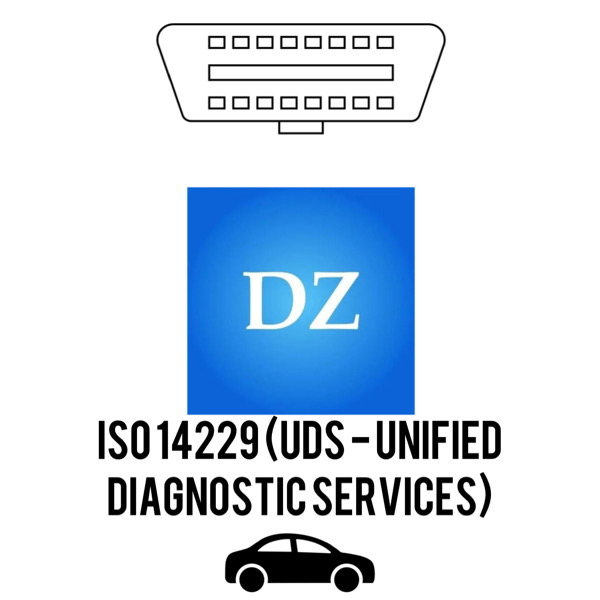ISO 14229 (UDS – Unified Diagnostic Services): Advanced Vehicle Diagnostics

ISO 14229, known as UDS (Unified Diagnostic Services), is a standardized protocol for diagnosing electronic control units (ECUs) in vehicles. UDS allows professional technicians and service centers to access a wide range of diagnostic functions, including reading and clearing DTC codes, module testing, and ECU software programming.
How ISO 14229 (UDS) Works
UDS operates over CAN, FlexRay, LIN, or Ethernet networks to communicate between the diagnostic tool and ECU modules. The standard defines unique diagnostic services that enable:
- Reading and clearing DTC codes
- Accessing sensor parameters and real-time data
- Programming and calibrating ECU modules
- Testing and resetting module functionalities
This protocol ensures a uniform approach to all ECU modules, simplifying diagnostics and servicing.
Launch OBD-II adapters that support the protocol:
DBScar V, DBScar VII
ThinkDiag devices that support the protocol:
ThinkDiag 2
Ediag devices that support the protocol:
Ediag Plus, Ediag Elite


Vehicle types and brands supported by the protocol:
Passenger and light commercial vehicles from modern manufacturers, including Volkswagen, Audi, BMW, Mercedes-Benz, Toyota, Honda, Nissan, Hyundai, Kia, Ford, GM; typically vehicles from 2010 onward.
UDS enables standardized diagnostics and servicing of ECU modules, including reading and clearing DTC codes, configuring, and programming ECUs.
Advantages of ISO 14229 (UDS)
- Standardized diagnostic access across different vehicle types
- Supports real-time monitoring and advanced diagnostics
- Enables programming and configuration of ECU modules
- Flexible and compatible with multiple communication networks (CAN, FlexRay, LIN, Ethernet)
- Ideal for modern vehicles, including hybrid and electric platforms
Disadvantages and Limitations
- Requires specialized diagnostic tools and UDS-compatible software
- More complex to implement compared to traditional OBD-II protocols
- Compatibility with older vehicles may require additional adapters
- Technicians need training to fully utilize all UDS functions
- Applications of UDS Protocol
UDS is used for fault detection and correction, vehicle system monitoring, ECU programming, sensor calibration, and module functionality testing. Its flexibility and standardization make it an essential tool for servicing modern vehicles with complex electronic systems.
Conclusion
ISO 14229 (UDS – Unified Diagnostic Services) is the foundation of modern automotive diagnostics. Its ability to provide uniform access to all ECU modules enables reliable and efficient diagnostics, servicing, and performance optimization, especially in hybrid and electric vehicle systems.

